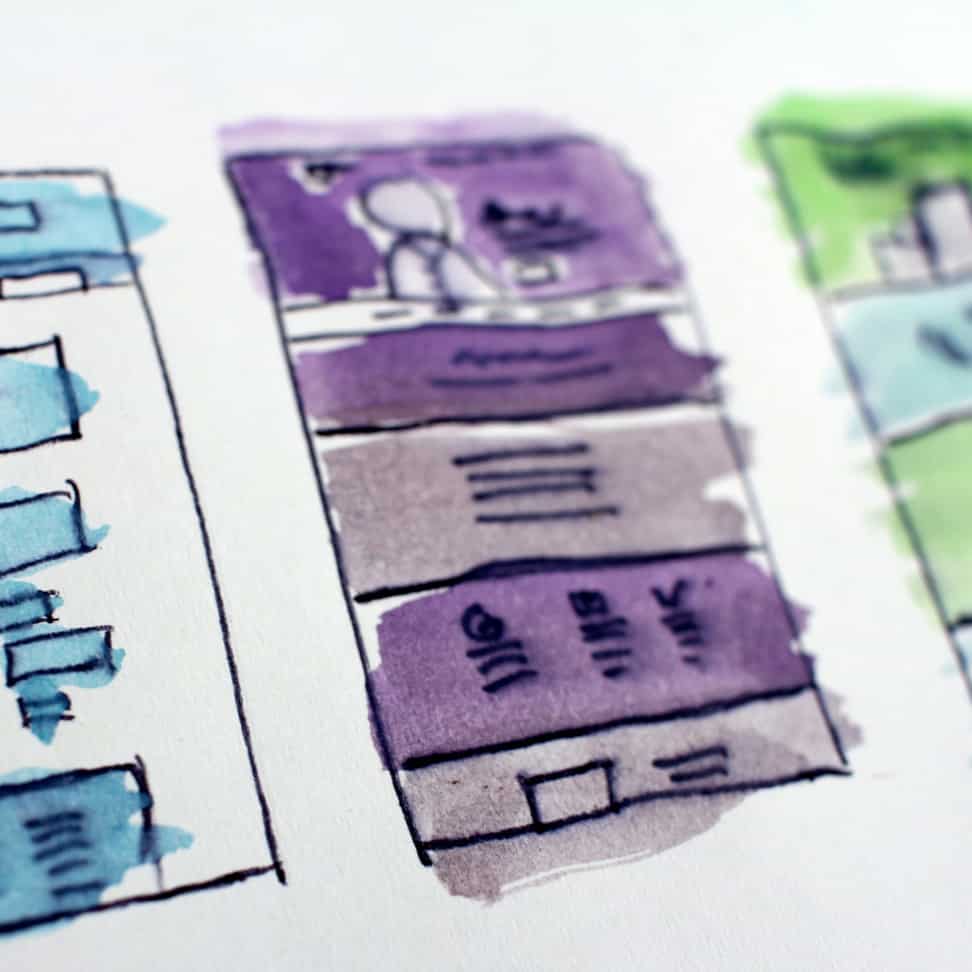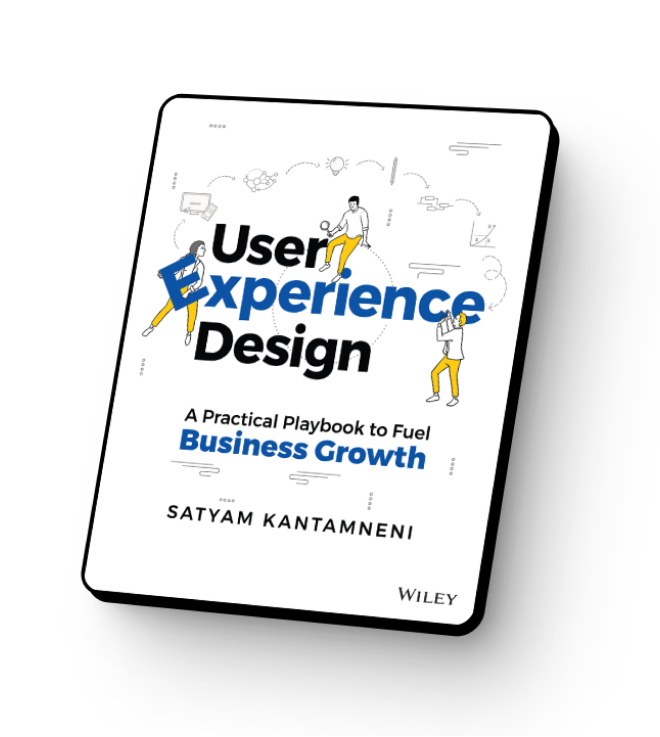Key differences in process and approach that can make or break the eXperience

One of the most common misconceptions we hear is that designing for websites and designing for applications are more or less the same. On the contrary, each addresses different purposes: one caters to the unidirectional flow of information while the other one is transactional in nature. Therefore, each requires a different process and approach.
In order to create meaningful eXperiences that people will love, whether it is a website or an application, it is crucial to understand these fundamental differences.
Differences between Website and Application design
It is consuming and judging the information (websites) as opposed to doing something with it (applications).
– Prasad Kantamneni, Founding Partner at UXReactor
Purpose: What do they achieve?
Websites: To inform and persuade customers.
Websites primarily offer a one-way conversation where a customer consumes information presented by the website and eventually makes a decision to buy, subscribe, contact, like, share, etc.
Websites address eXperiences where a customer seeks to discover and learn about any product or service.
Applications: To simplify tasks for customers by receiving input and producing an output.
Applications enable transactions to happen within entities — for example, software, a human being — or both to complete different tasks such as booking a ticket, making a payment, navigating to locations, etc.
Applications address eXperiences where customers seek to engage with the product or service to complete tasks.
Let’s take, for example, the Uber website vs. Uber application.
The uber.com website addresses the part of the eXperience where a customer seeks to learn information about the product.

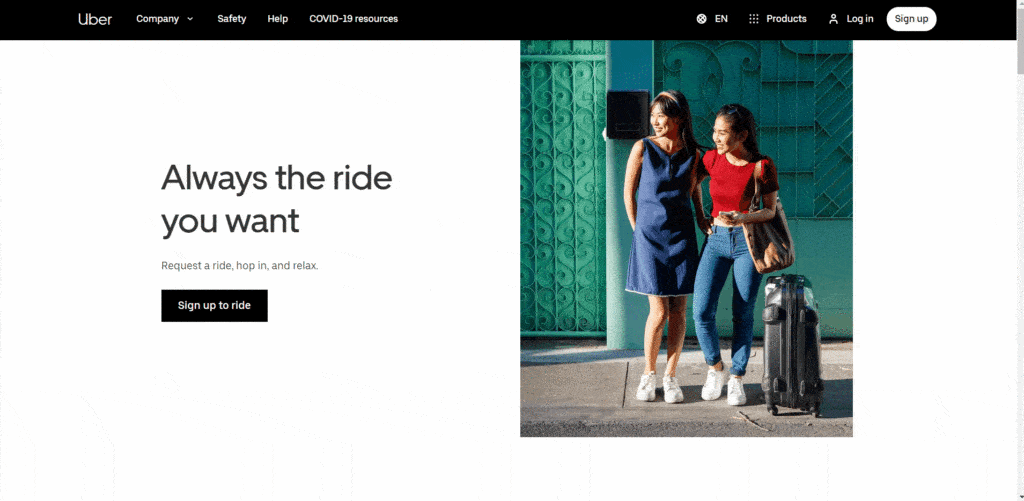
Whereas the Uber application addresses the part of the experience where a customer is trying to book a cab by interacting with the UI by giving inputs and getting outputs.

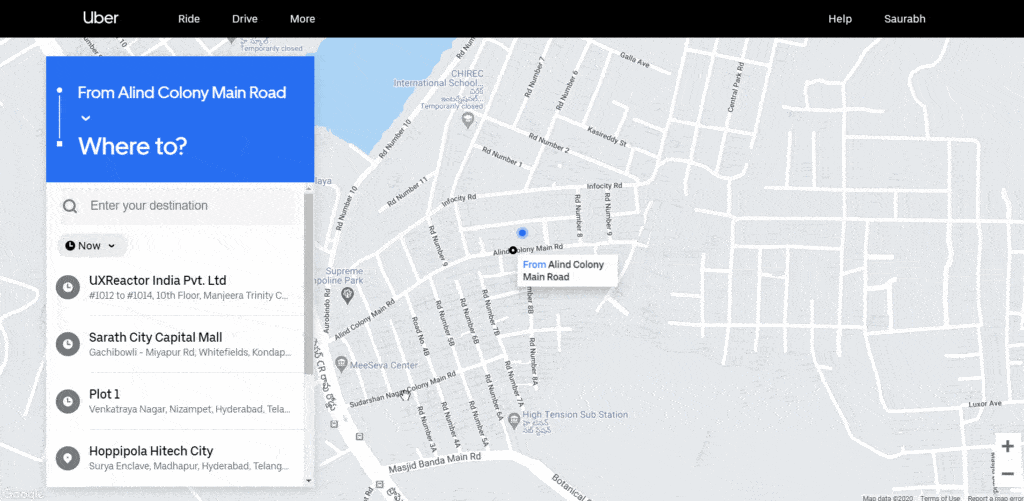
Audience: Who are they for?
Websites: A larger audience of customers who seek information to answer a question or find a product/service to fulfill their needs.
Applications: A specific group of users who have a recurring need to perform a task.
Storytelling: How do we communicate to the respective customers?
Storytelling and empathy play foundational roles in both websites and applications. Since the intent of customers of websites and applications are different, the way information is presented and the way customers are guided through their journey must be tailored to each intent.
Websites: The task is to
- Create a journey that preemptively answers the questions that the customer will have at each touchpoint;
- Design an eXperience that requires minimal effort (that’s good UX!).
Designers should have a deep understanding of the customer’s journey, needs, and pain points to achieve this. The end goal is to create a seamless journey that follows the customer’s natural train of thought as they go through discovering and considering the offering. In some cases, a single page can even cover the entire journey, while in other cases, each page can represent a specific part of the journey.
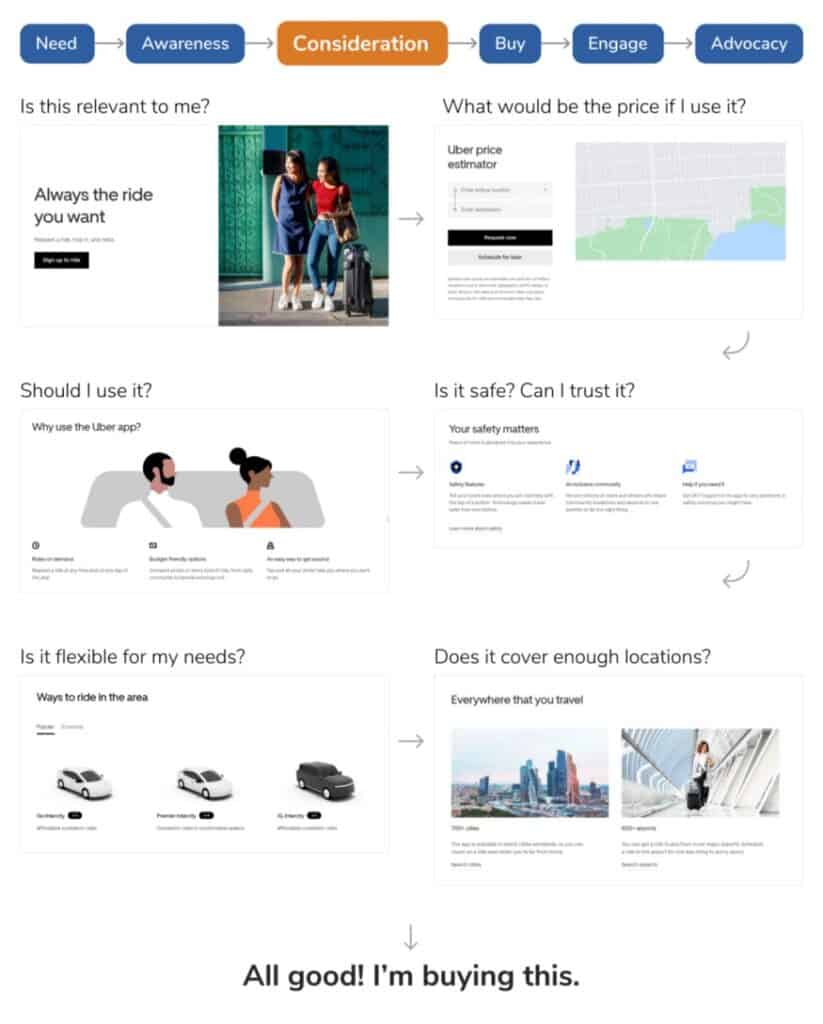
Applications: Storytelling is equally as important but in a much more subtle way. The key task here is to
- Have a deep understanding of how a specific set of customers perform their tasks;
- Abstract data in a way that customers can easily understand and get instant value;
- Seamlessly guide customers through their tasks.
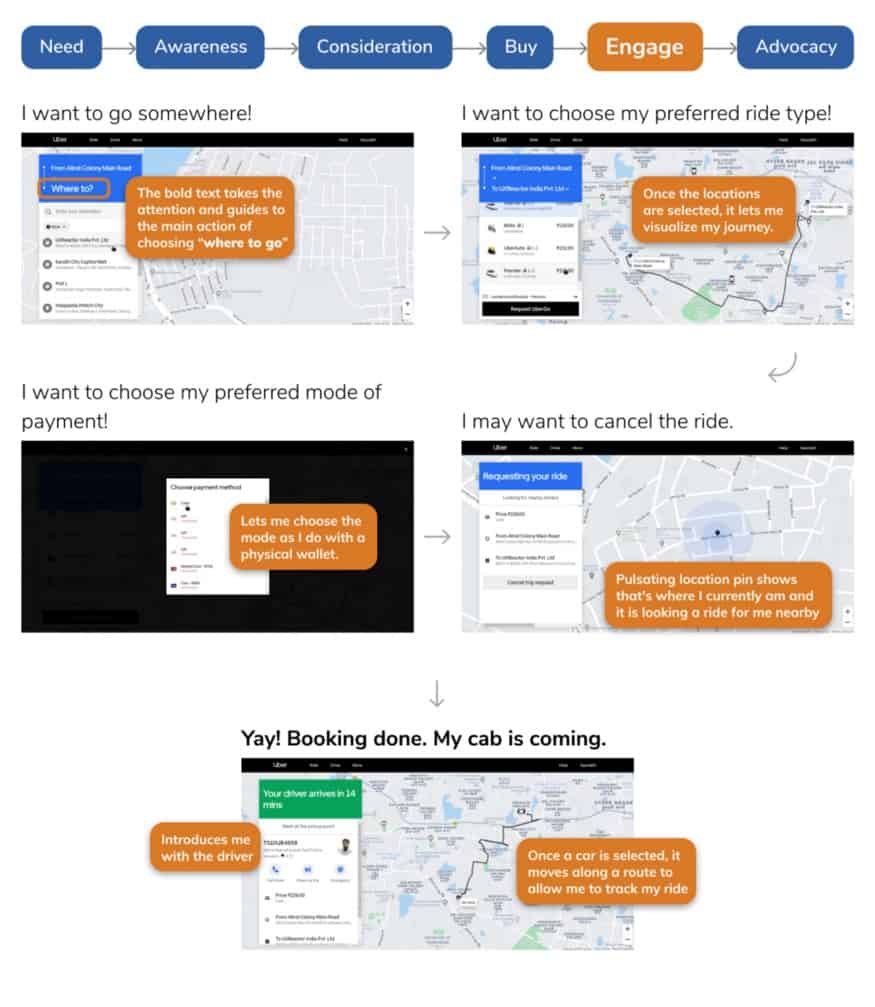
Process: How do we approach design for each?
Websites: Breadth-first with clear information architecture.
Websites cater to a larger audience, so the task is to
- Know the full range of questions and intents that may exist to identify the needed types of content
- Make the information easily findable
- Communicate in a way that will engage a larger population
Strategizing on the content and defining the information architecture effectively is crucial. The primary questions addressed in designing websites are “What kinds of information will customers need?” And, “How do we guide them to what they need?”
Applications: Depth-first with clear workflows
Applications serve specific needs for specific customers, so the task is to
- Identify and prioritize their needs and tasks
- Understand where the inefficiencies and pain points are
- Bring simplicity to their tasks
In this case, it’s more important to identify the workflows that a customer would require in order to complete a task. The primary question to ask is “How might we help the customer complete their task in the most efficient and effective way?”.
So, what now?
Now that we understand the key differences, we must appropriately align our focus to the right design problems.
For designing websites:
- How might we best inform and persuade customers?
- How might we create a journey that preemptively answers the questions that the customer will have at each touchpoint?
- How might we provide an “effortless” eXperience?
- How might make information easily findable?
- How might communicate in a way that will engage most potential customers?
For designing applications:
- How might we best simplify simple and complex tasks?
- How might we resonate with [specific user group]?
- How might we abstract data in a way that customers can easily understand and get instant value?
- How might we seamlessly guide customers through their tasks?
So just to clear the air, between websites and applications, neither one is “easier” to design for than the other. Each poses its own unique set of challenges, but by understanding the different intents of each and starting off by identifying the right design problems, you can better set yourself up for success!


